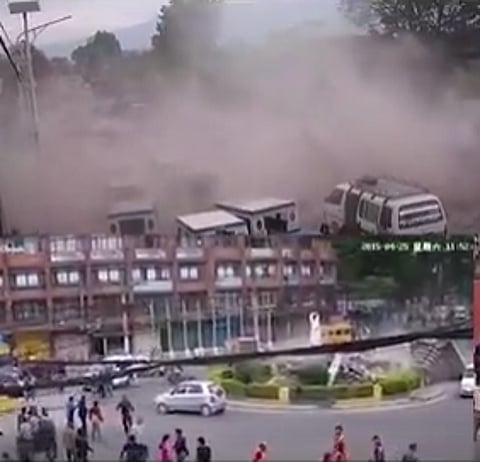This article was first published in March 2011. It is republished to accompany the release of Himal Southasian's new documentary nine months after the April 2015 earthquake: Natural Event, Manmade Disaster
Of the countries in Southasia, only Sri Lanka and the Maldives are not classified as being at high risk from catastrophic earthquakes. The rest have swords hanging over their heads. Although the reason for this is tectonic, the high risk actually stems from government apathy, short-term political horizons and a fatalistic culture that often blames earthquakes on a divine curse. As the oft repeated saying goes, earthquakes do not kill people – badly built buildings do. And by not enforcing building codes, and not having an effective disaster-preparedness plan, millions of citizens throughout the region are today at high risk of death and disability.
There is a tendency to call an earthquake a 'natural' disaster. The geophysical forces that lead to the rupture of the Earth's crust are indeed natural, but most deaths are caused by the collapse of substandard manmade structures. A magnitude 8 earthquake along the Indus-Ganga plain would be magnified by the shaking alluvium, and could cause widespread devastation in one of the most densely populated regions of the world. The quake would be felt right across North India, Nepal, Bhutan, Pakistan and Bangladesh. Even moderate shaking in the Kathmandu Valley could cause serious destruction and loss of life. The prospect of a major earthquake is therefore like that of a nuclear war: you don't want to think about it. But it is not a question of 'if' but 'when' we will see a repeat of the great earthquakes that have devastated the Subcontinent throughout history.

